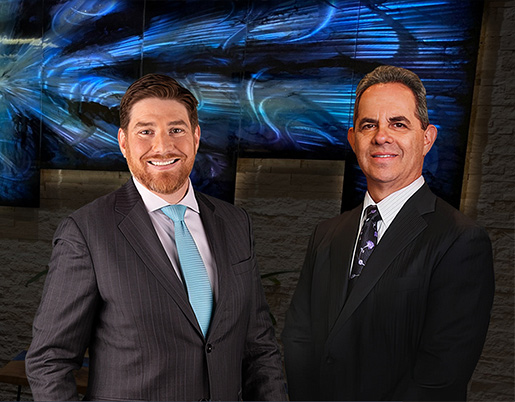As General Motors Co. continues to close down the Saab division of their company, starting with replacing their entire board, they are still putting pressure on bidders to make better offers.
This comes after negotiations between G.M. and the high-end Swedish automaker Koenigsegg failed. Beijing Automotive was one of Koenigsegg’s backers in the earlier Saab procurement plan, potentially contributing $200 million to $300 million toward the deal. Saab’s engineering expertise has always been admired by the Chinese automaker. Saab did come to an agreement with Beijing Automotive Industry Holdings to sell the rights to powertrain and tooling technology for some of their older models. Saab will also help Beijing Auto build its own car brands, using the Saab technology.
GM executives said on Monday that none of the bids received are meeting the financial requirement for a deal and said they were moving ahead with plans to close Saab. Saab spokes woman Gunilla Gustavs added today: “There is still the possibility that the negotiations on the bids will result in a decision to sell Saab in its entirety.” Luxembourg based investment firm Genii Capital and Dutch luxury carmaker Spyker Cars and a group of Swedish investors are expected to make better offers for Saab.






